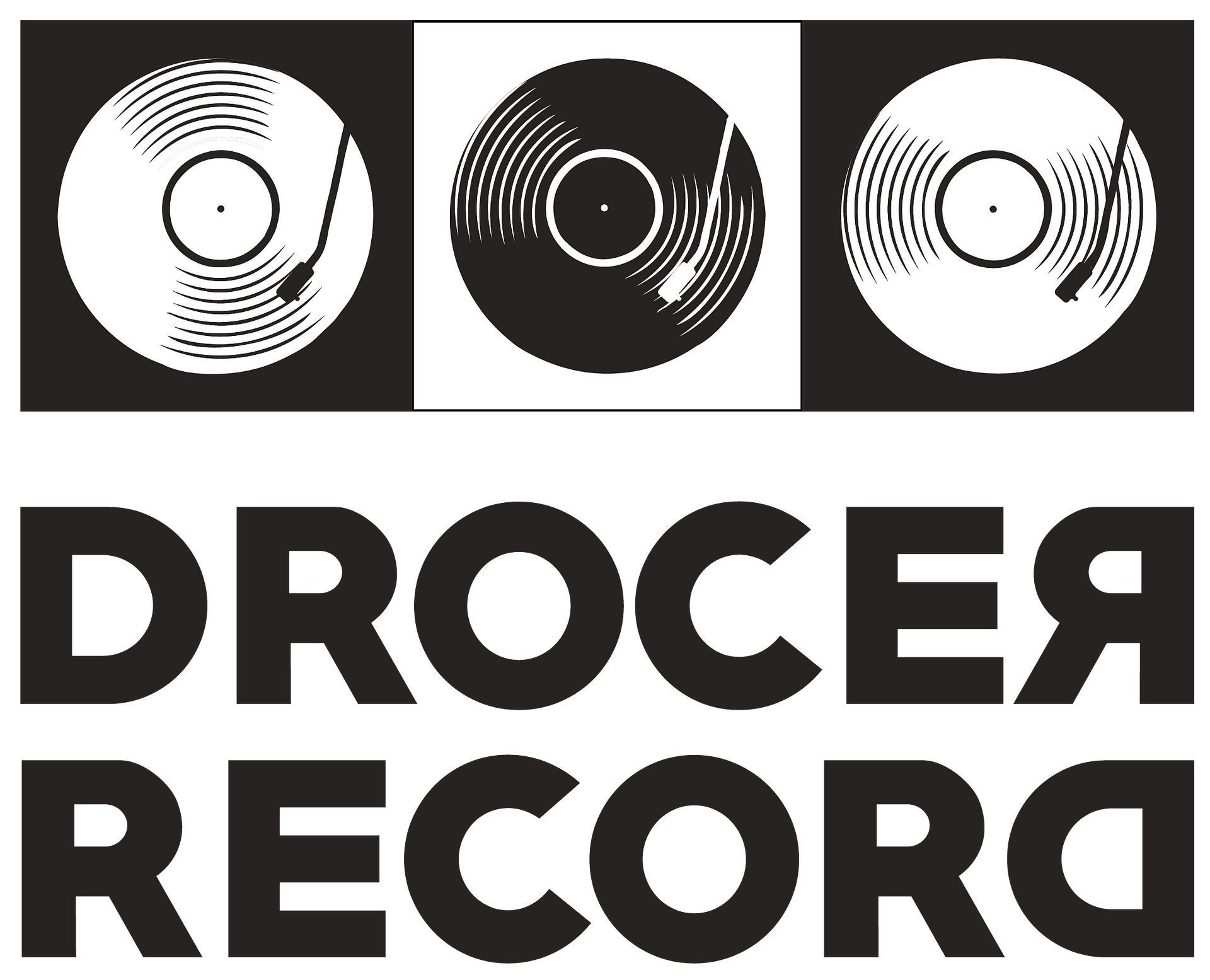Step right up, history buffs and music aficionados! This blog outlines the harmonious journey that combines the captivating history of vinyl records with the rhythmic beats that have shaped our lives. Buckle up as we traverse through time, from the rise of vinyl to its demise and the sudden unexpected resurgence in this digital age. Well, let’s get right to it!
Shellac Surrender: The Vinyl Revolution Begins
Shellac records were once popular, but their decline can be attributed to a significant shift to vinyl records. This transition wasn’t just a passing fad; it occurred out of necessity. During World War II, shellac became a precious resource due to its dual use in record production and the manufacturing of explosives. The demand for shellac soared, leading to a 70 per cent reduction in phonograph record production as ordered by the War Production Board.
Well, it had explosive potential, not just in terms of producing sweet melodies, but also for making actual explosives. The nation’s shellac supply was redirected towards creating signal flares, artillery shell coatings, and other war-related materials. This left little room for record production, which consumed around 30 per cent of the shellac supply.
To make matters worse (or rather, explosive), there was a rallying cry for citizens to contribute to the war effort. If you had broken, chipped, or outdated records lying around, they were in high demand for recycling. People were encouraged to donate their records to support the production of weaponry and boost the morale of soldiers.
This movement gained traction and even gave birth to special events like the “War Records Dance” at the William Penn Hotel. The price of admission? Five discs! By 1943, the American Legion collection post had accumulated a staggering 25,000 donated discs.
As shellac production dwindled, a star was born—vinyl. Vinyl Records stepped into the limelight with their longer playing times, lighter weight, and overall superiority. They became the new “groovy” thing to have, replacing shellac records in the hearts and turntables of music enthusiasts everywhere. So, while shellac records may have been casualties of war, vinyl records emerged victorious, ready to spin some fantastic tunes and delight our auditory senses.
Fun Fact: Did you know that shellac, the material used to create early records, is derived from the secretions of female lac bugs? These little critters, who call the trees their home, produce a substance called “lac” that hardens and forms a resin-like coating on the bark. This remarkable natural plastic, known for its moisture resistance, became the go-to material for crafting music records. However, despite its popularity, shellac had a delicate side. A single drop could transform a record into a symphony of shattered pieces—fragile and easily scratchable like a bug hitting a windshield. Talk about a buzzkill for music enthusiasts!
The Speed Wars – 78, 45, and 33 1/3 RPM:
Now, the introduction of new speed options for vinyl records sparked a fierce battle in the music industry. If you’re familiar with vinyl record history or own a trusty record player, you’ve likely encountered the three standard speed settings: 78, 45, and 33 1/3.
Let’s start with the classic speed: 78 RPM. This speed was determined by the engine technology of the time. With large engines running at 3600 rpm and 46-teeth gears, the sweet spot for playing shellac records came out to approximately 78.2 rpm. It was the tried-and-true pace for enjoying those tunes. Eventually, as 33 rpm records gained popularity, the 78 rpm speed was reserved mostly for older classical music, bidding adieu after about 11 years of dominance.
Then came the snazzy 45 RPM option! Within a year of the 33 rpm record’s debut, RCA Victor (Columbia Record’s rival) unleashed the 45 rpm 7-inch record onto the scene. This new speed quickly gained traction, conquering the market. The 33 rpm records earned themselves the title of LPs, or long plays, while the 45 rpm records took charge of the EP market (extended play). These shorter play 45s, fitting about 4-5 minutes per side, became a hit among younger folks, making them easily tradeable and collectable. Plus, their smaller size inspired the birth of portable music players. Talk about a revolution on the go!
Last but certainly not least, we have the 33 1/3 RPM records—the true successors of the vinyl format. Most records you encounter today groove to this speed. LPs hold a special place in our hearts, serving as windows into the past and reflections of a different era. Many music enthusiasts still appreciate their imperfect sound quality, cherishing the warmth and nostalgia they bring to the listening experience.
Even though hardly anyone has 78 records anymore, modern record players still sport the option to switch between 33, 45, and 78 rpm. Those rare 78s, predominantly shellac records, are either scattered into fragments or kept under lock and key in high-security protective cases. It’s a reminder of the fragility of the past and the evolution of music playback in our ever-changing world.
Vinyl’s Reckoning – The Impact of Technological Marvels
In 1979, the music industry faced a formidable opponent that sent shivers down the spines of music lovers, thanks to the ingenuity of Sony’s co-founder, Masaru Ibuka. Enter the game-changer: the Sony Walkman.
The Walkman revolutionized everything.
Utilizing magnetic cassette technology, or good ol’ cassette tapes, you could grab your favourite tape, pop in some batteries, and groove to your tunes anywhere your heart desired. No longer confined to rushing home to fire up your turntable, the Walkman allowed you to take your music to the streets, with melodies blasting into your eardrums. Within a mere five years, cassette tapes outsold vinyl records, and before long, vinyl sales hit rock bottom.
Once the Walkman came onto the scene, all bets were off – Came in Portable CDs, iPods and Streaming Services like Napster and iTunes. With these game-changing inventions, how could vinyl records keep up? How could something with supposedly “inferior” sound quality, immobility, and the need to be flipped halfway through compete? It appeared to be the end of the line for vinyl records.
But was it really?
The Vinyl Renaissance – A Surprising Comeback
In 2008, while digital music was dominating the scene, a rebellious minority started to push back. Vinyl records, long forgotten since 1984, made a comeback. And it wasn’t just a small blip; vinyl sales soared by a staggering 89%. Since then, vinyl sales have steadily climbed, reaching an estimated 9.7 million records sold in 2018 alone.
The reasons behind this resurgence are hard to pin down. Some argue that vinyl sounds better, while others cherish the personal touch of owning a record collection. But in an era where digital music is meticulously perfected, could this be true?
Perhaps it’s in the pursuit of perfection that we find beauty in imperfection. Vinyl records, with their “imperfect sound,” stand as a testament to the flawed yet captivating nature of human expression. Digital music is undeniably remarkable, ushering in new genres and innovative ways of creating music. Both digital and vinyl can coexist, much like the harmony between the 33s and 45s in the past, finding their rightful places in the ears of music lovers.
Conclusion: Harmonizing the Past and Present
As our vinyl odyssey draws to a close, we reflect on the enduring appeal of these discs and their place in the evolving music landscape. Vinyl records, with their rich history and imperfect charm, continue to captivate enthusiasts worldwide. In an era where digital reigns supreme, vinyl harmoniously coexists, offering a distinct and tangible music experience and Drocer Record is proud to be a small contributor to this experience. So dust off that turntable, let the needle gently caress the grooves, and savour the classics as they were meant to be enjoyed.
Happy Vinyl Playing to you!

An Electronics Engineer & A MBA in Marketing Graduate, Kinjal Gosar is a passionate audiophile herself. Starting her career at India’s biggest Consumer Electronics Retail Chain, her technical knowledge is amazing. Classic Rock has been a huge part of her life and her love for Music has always been evident in all her work. A vinyl collector herself, she loves spreading the joy of analouge while giving nothing but the best to her fellow vinylheads.





